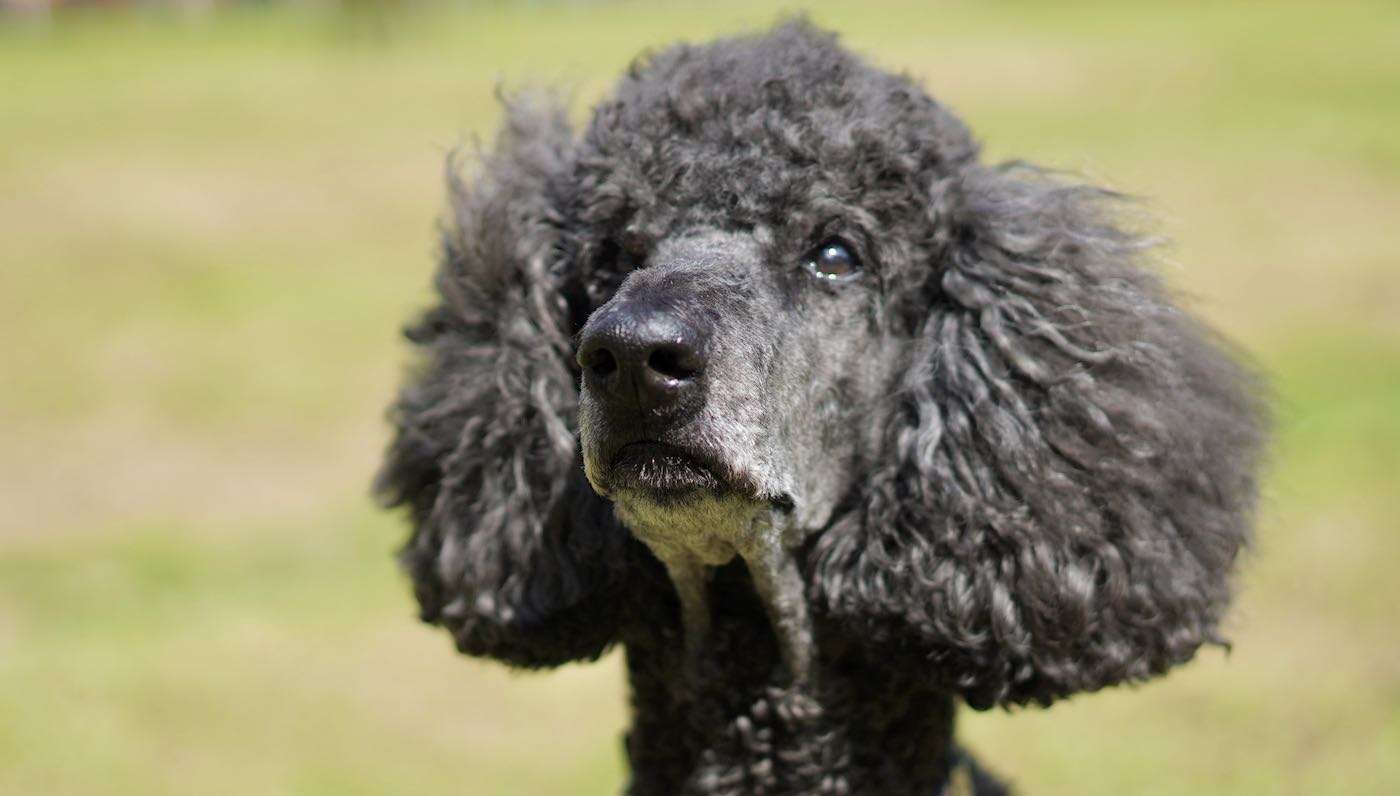Forest Group is Saving Scottish Habitat 'One Sausage at a Time'
As part of its work, Cairngorms Connect is looking to grow new patches of native Caledonian woodland, 99% of which has been lost.

Dogs cry "happy tears" when their owners come home, according to a study inspired by a scientist whose own pup welled up with joy whenever they reunited.
It's well known that dogs have tear ducts designed to flush dirt from their eyes, but the process had never been linked with emotion-until now.
Professor Takefumi Kikusui decided to investigate after his poodle had puppies and he noticed the dog's face changed when it nursed the babies. It had tears in its eyes.
That gave him the idea that oxytocin might be causing the watery flood-and dogs, like humans, may produce tears when they are flooded with emotion.
Oxytocin is known as the maternal or "love hormone" and he knew from earlier observations that oxytocin is released in both dogs and their owners during interactions. So, he decided to run an experiment to see if it brought dogs to tears.
Prof. Kikusui, of Azabu University in Japan, used a standard test to measure dogs' baseline tear volume before reuniting with their owners. They found the volume indeed went up by 10% when the animals got back together with their favorite human. It did not increase when it was a person they didn't know well.
When they added oxytocin to the dogs' eyes, their tear volume also went up. That finding supports the idea that the release of oxytocin plays a role in tear production when dogs and their people get back together.
"We had never heard of the discovery that animals shed tears in joyful situations, such as reuniting with their owners, and we were all excited that this would be a world first!" said Kikusui, whose study was published this week in the journal Current Biology.
The Japanese team hasn't yet tested whether dogs produce tears in response to negative emotions. They also are wondering if dogs make tears when they reunite with other dogs.
For now, they say it seems to have clear implications for the dog-human bond. They have posited that perhaps there was an evolutionary driving force behind the process, because teary-eyed dogs may forge a stronger connection between people and their dogs-a relationship that goes back tens of thousands of years.
"It is possible that the dogs that show teary eyes during interaction with the owner would be cared for by the owner more," says Kikusui.
Be the first to comment